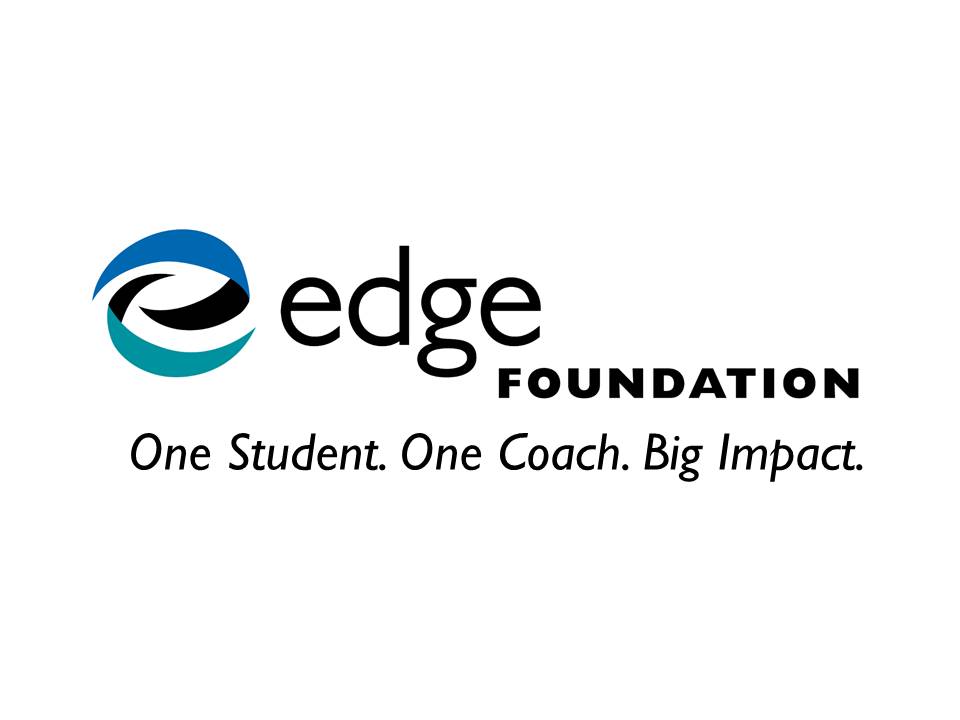ADHD, Stress and Mindfulness
Struggling with ADHD isn’t easy, especially when your symptoms impact every aspect of your life – e.g., productivity, food habits, sleep, motivation, mood, behavior, relationships, or success in school, work, or social activities. Experiencing these issues daily can leave you feeling anxious, depressed and stressed out
Many individuals with ADHD have discovered that a regular practice of mindfulness can help. In fact, it has gained in popularity and a recent survey showed that more than a third of adults with ADHD practice mindfulness regularly. Many use it as an adjunct to other treatments. It has been shown to improve mood, attention, and quality of life for adults with ADHD.
But what is it and how does it work?
How Mindfulness Helps Lower Stress
Mindfulness meditation is essentially the act of directing your attention to the present. Mindfulness training can be done in several ways – through meditation, contemplative traditions, or as part of daily informal activities. it not only acts to bring your attention to the present moment, but also to your inner reactions to what’s happening as they occur. This is especially useful when you have tare dealing with difficult thoughts and emotions.
From a physiologic standpoint, meditation is thought to help with ADHD because it thickens the prefrontal cortex, a part of the brain that’s involved in focus, planning, and impulse control. It also raises the brain’s level of dopamine, which is in short supply in the ADHD brain.
Mindfulness takes your mind out of automatic pilot mode – where you react to what’s happening without consciously thinking about it. When you’re anxious, worried or under stress, this can trigger more negative thinking which leads to feeling paralyzed, frantic or overwhelmed.
The Mindfulness Habit
Practice Mindful Labeling – This step involves pausing briefly throughout the day to become aware of what your mind and body are experiencing. Then giving those thought, emotions and bodily sensations a label. The point of this is to take you out of automatic pilot mode.
Refocus your attention – This next step creates physical and mental distance between you and your negative emotions or thoughts. This is accomplished in a couple of different ways. One is through breathing exercising where you intentionally focus on your breathing and slow it done. This helps calm your body’s stress reaction. An alternative is to engage in informal activities like exercise, walking, listening to music, drinking a soothing beverage like tea. These physical activities provide a similar calming effect, but may be better suited to some individuals with ADHD.
Return to the situation – Once you feel calmer, you can return to the situation that is causing anxiety or worry and reflect on why you are feeling that way. You do this by asking yourself questions about what caused the situation, why you are worried about it and how it can be best addressed. This can help alleviate feelings of paralysis and overwhelm.
Learn self-coaching – This refers to developing a supportive inner voice that is compassionate, reminds you to check in on your feelings, be accountable and proactive for however you decide to deal with situations, and stay connected to your values.
Allow yourself the time you need to develop your daily mindfulness habit. Knowing how to check in in the present moment, notice your reaction, and consider your choices in stressful situations can help you achieve a greater inner strength and peace.
References
- https://www.additudemag.com/how-to-practice-mindfulness-adhd/
- https://www.webmd.com/add-adhd/adhd-mindfulness-meditation-yoga
- https://www.verywellmind.com/best-meditation-strategies-for-people-with-adhd-5201908
- https://www.healthline.com/health/adhd/adhd-meditation



